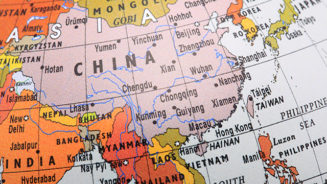Given the backdrop of Fed rate rises, stabilising commodity prices, and improvement in sentiment in energy and mining stocks, emerging markets are back on investors’ minds.
“Investors who are in search of higher yield and income should ask themselves – and rightly so – if bonds still offer a better risk-adjusted yield proposition than equities,” said Nossek.
Especially as the surging downgrades equivalent to 2008 and 2009, seen in Q2 so far may suggest that unlike equity risk, credit risk is not fully priced in.
“Many of these now offer prospective dividends that, compared to redemption yields on their senior unsecured investment grade rated Eurobonds, offer investors a yield premium,” explained Nossek.
Russian names
For example, Russian energy and mining stocks such as Gazprom, Lukoil, MMC Norilsk Nickel, which at 8.1% expected dividend yields for the next 12 months offers one of the highest yields amongst Russian large-cap stocks; and Mobile TeleSystems.
There is scope for equities in emerging markets to do better in the context of not just the punishing discount many of the dividend paying stocks trade at relative to slower projected global growth, but also if assessed against the credit metrics.
For many corporate bond issuers in non-financial sectors credit metrics are weaker than of dividend paying equities Nossek said.
Nossek pointed to how within the emergng market small-cap dividend equity universe, Taiwanese technology stocks offer dividend yields of 6% on average. Many of them also have highly liquid balance sheets with cash balances more often than not exceeding outstanding debt, he said.
Positioning in emerging markets to seek yield may mean assessing equity yield anew as, relative to corporate credit, too much bearishness could be priced into equity markets, noted Nossek.
And, “while a weakening macro backdrop for emerging market equities appears justified given the deceleration in growth globally, the plunge in many of the established commodity export players has been disproportionate”, he added.




